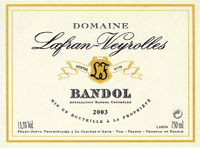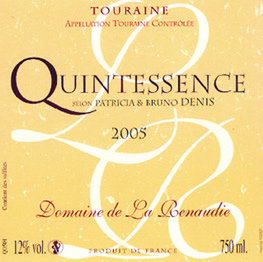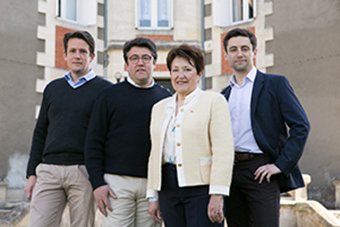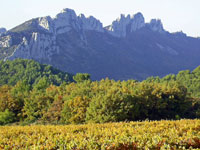 An estate with a superb terroir. The grapes are hand-picked, not destemmed, and crushed gently before going into fermentation vats for 15 to 21 days with temperature control. Next, the wine is matured in large oak barrels for 18 to 24 month. This results in a fine red wine with a powerful nose combining notes of spice and red fruit. It is ample and solid, rich in colour and structure, with very well-balanced tanins and good ageing potential. The Bandol white, made with the Clairette and Ugni blanc varieties, is just as flavoursome, releasing intense floral notes of heather. It goes ideally with grilled fish. The Bandol rosé, combining finesse and structure in the mouth, has notes of flowers, a fine, intense colour, great elegance and a very long finish on the palate. Remarkable value for money, limited quantities available, older vintages possible.
An estate with a superb terroir. The grapes are hand-picked, not destemmed, and crushed gently before going into fermentation vats for 15 to 21 days with temperature control. Next, the wine is matured in large oak barrels for 18 to 24 month. This results in a fine red wine with a powerful nose combining notes of spice and red fruit. It is ample and solid, rich in colour and structure, with very well-balanced tanins and good ageing potential. The Bandol white, made with the Clairette and Ugni blanc varieties, is just as flavoursome, releasing intense floral notes of heather. It goes ideally with grilled fish. The Bandol rosé, combining finesse and structure in the mouth, has notes of flowers, a fine, intense colour, great elegance and a very long finish on the palate. Remarkable value for money, limited quantities available, older vintages possible.To see continuation




